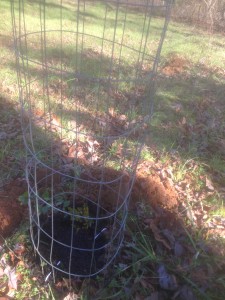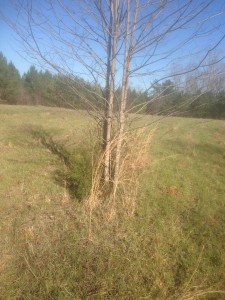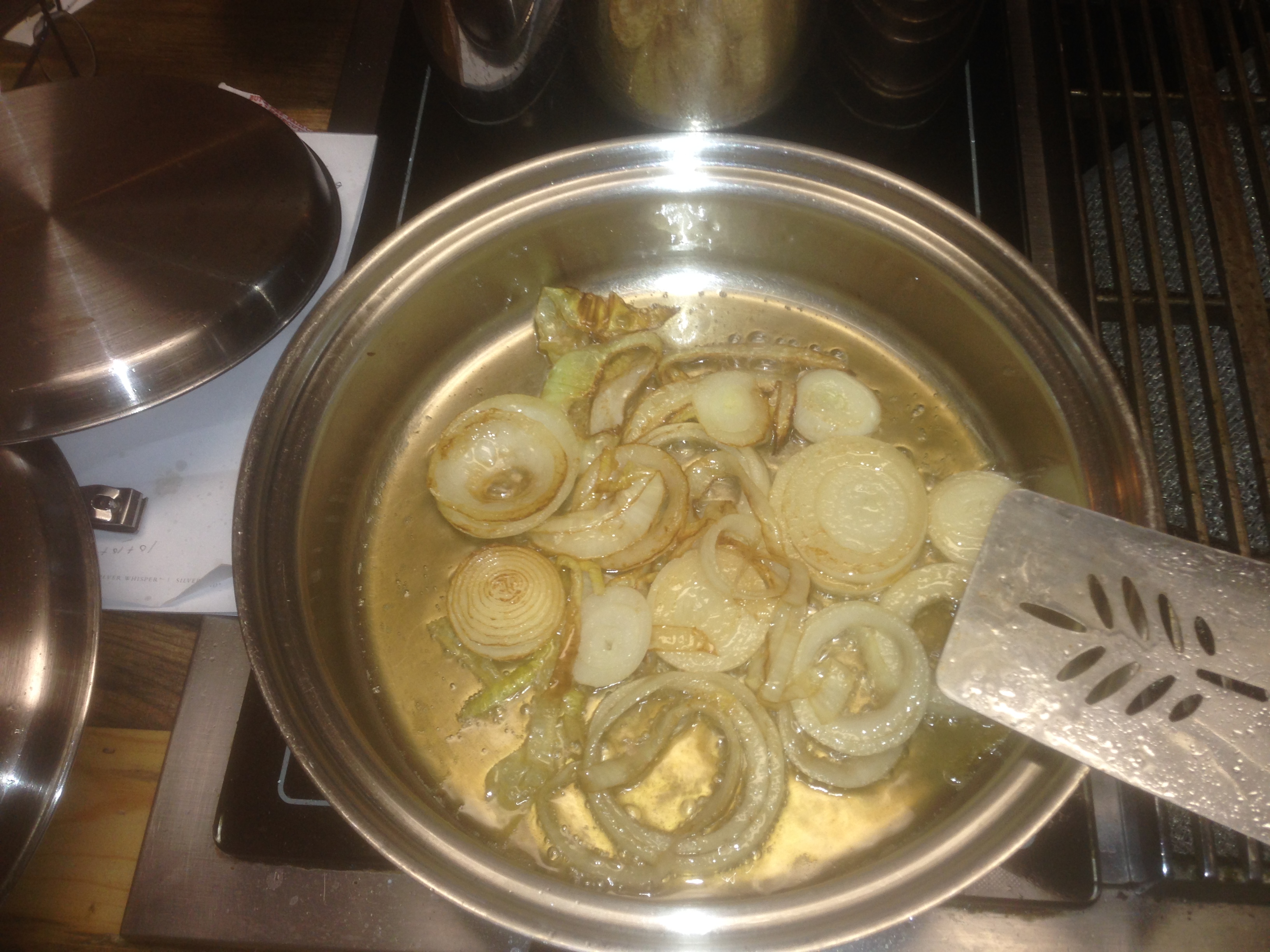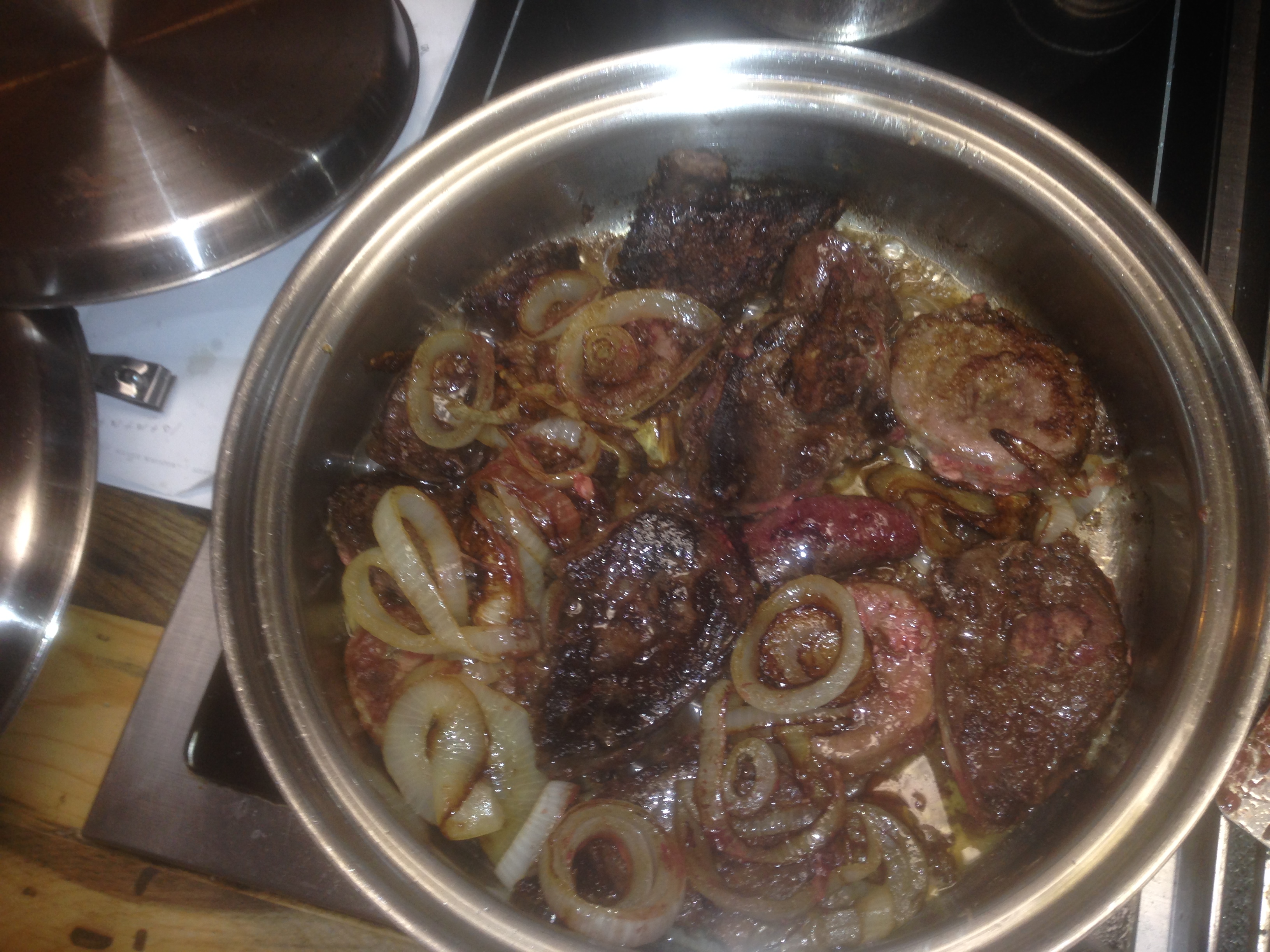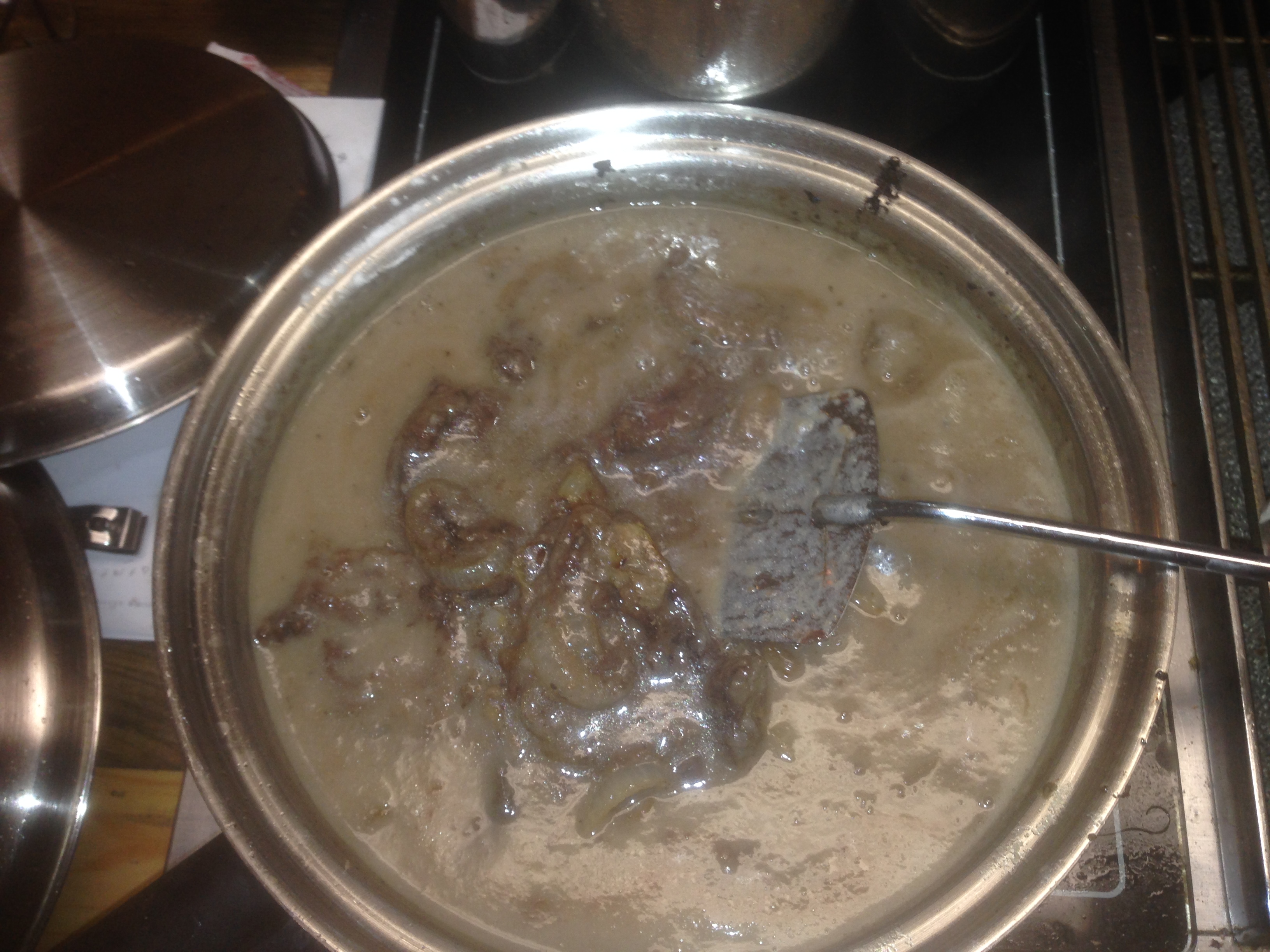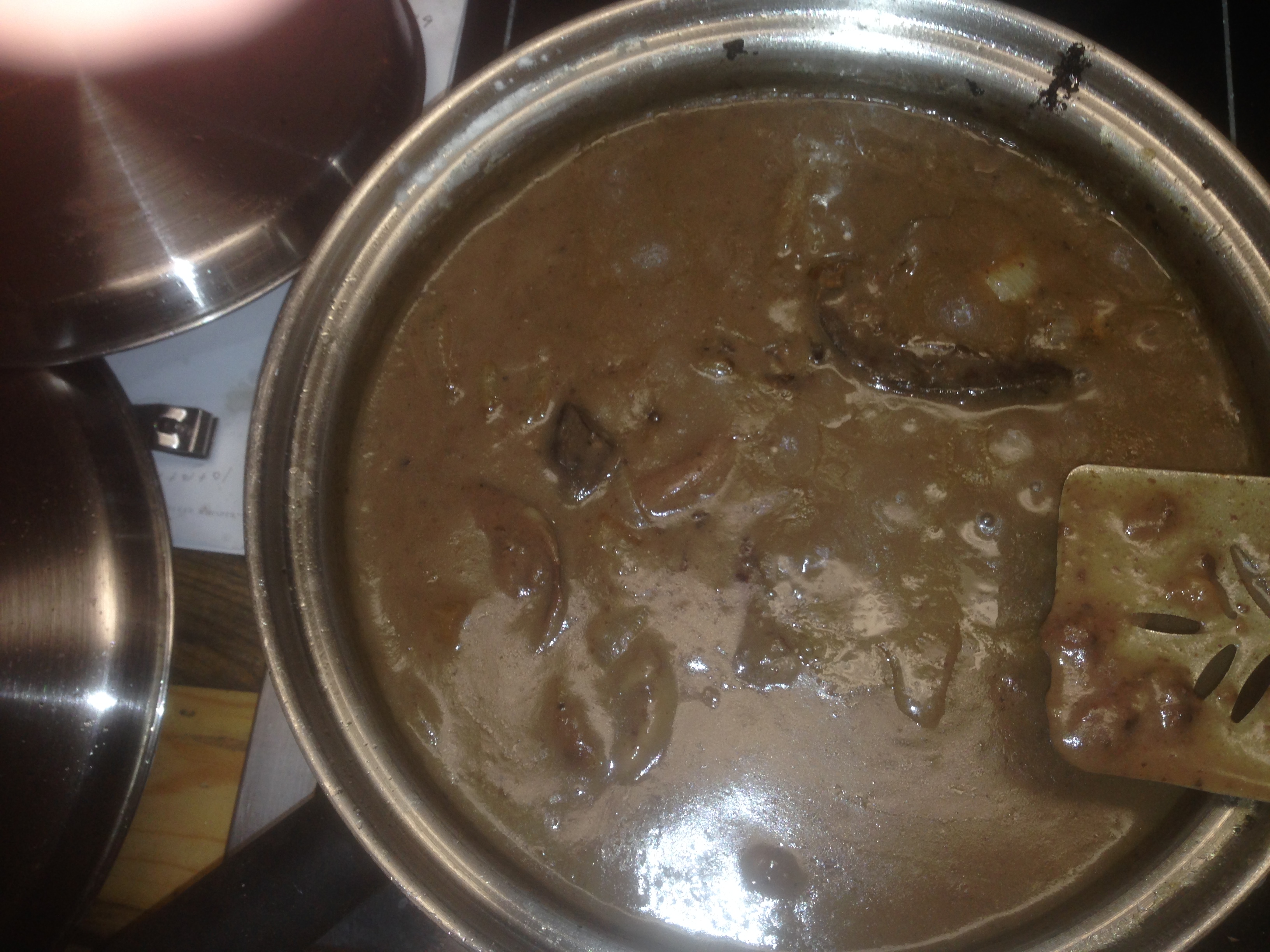If you like deer hunting, the bad news is, “deer season is over.” If you like small game hunting, the good news is, “deer season is over.” For another month those of us that like to hunt squirrels, rabbits, quail and other game have the woods and fields to ourselves.
There is little danger from a deer hunter shooting someone in the woods hunting squirrels, but you still worry a little, even if you are wearing fluorescent orange. Even when on my own land I wear an orange vest when walking in the woods during deer season. Nobody else is supposed to be out there, and I try to be safe, but still feel a little uneasy.
During February there is little worry anyone will be in the woods deer hunting and you can enjoy trying to outwit a tree rat as it goes around a tree trunk to hide from you. With the leaves off the trees you can see them moving a long way off and stalk up to them. But the leaves off the trees also means they can see you coming so you have to be even stealthier.
Hunting rabbits without dogs is difficult but can be done. It is easier to find where they are feeding now that most plants are dead and kicking a brush pile near a green field might give you a shot. Quail hunting it just about useless without a dog, though.
Unfortunately, coyotes, fire ants and changing land use means rabbits and quail are much more rare than when I was growing up. So take up coyote hunting. There is no season on them and this time of year is tough on them, too, so they are more likely to come to a wounded rabbit call.
I have had the chance to shoot a coyote from my deer stand a few times but it is hard for me to pull the trigger, they just look too much like my pet dogs.
But if you concentrate on the damage they do to native wildlife, and the fact they are not native and should not live around here, it is easier.
Growing up I hunted squirrels as fanatically as I bass fish now. I often went in the mornings before school and almost every afternoon after school. And every Saturday in season I was in the woods at daylight and stayed till dark. Back then you could not hunt on Sunday so that was my only day off.
Squirrel hunting is a great way to train a kid on safe gun handling in the woods and how to stay quiet and learn the ways of nature. It is also a good way to teach them to use what they shoot since there are many ways to cook tree rats. If you have a kid that wants to hunt, take them squirrel hunting. They will be a better deer hunter in the future if you do.
